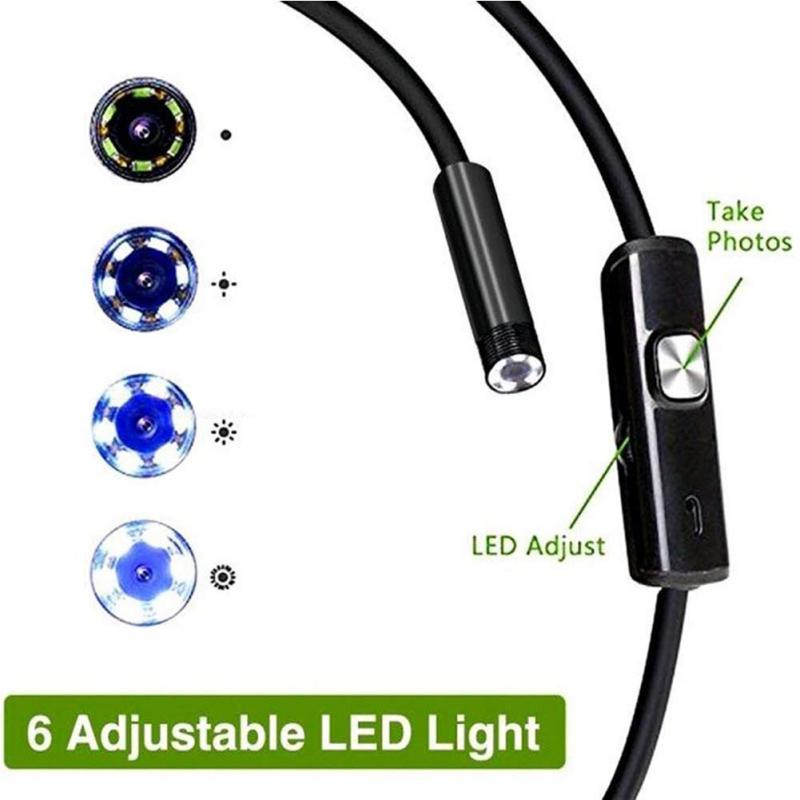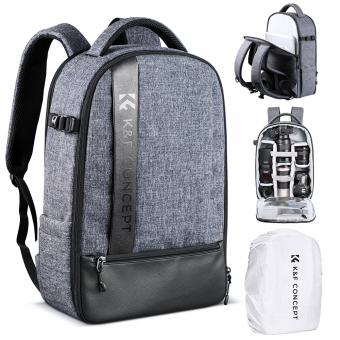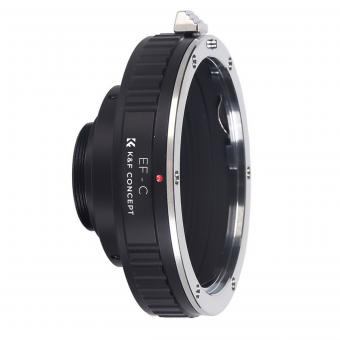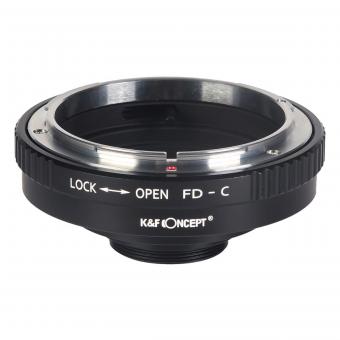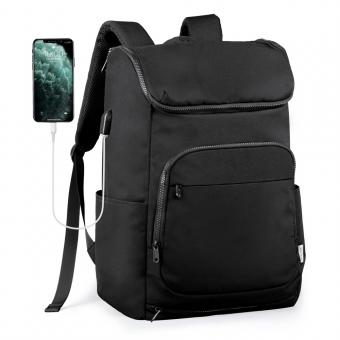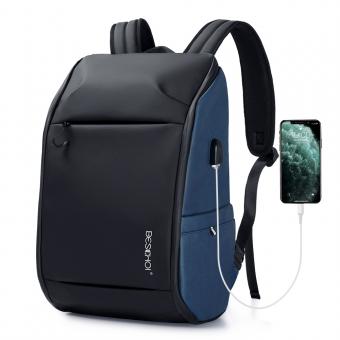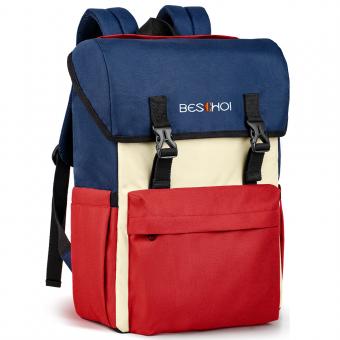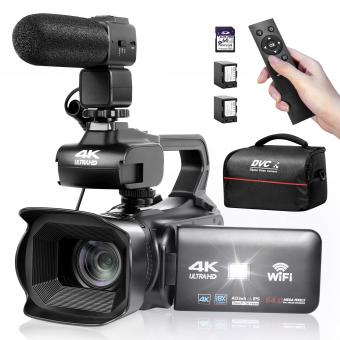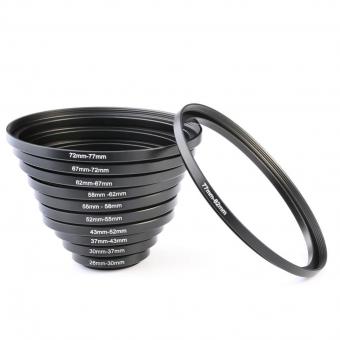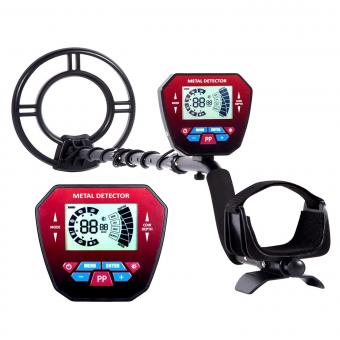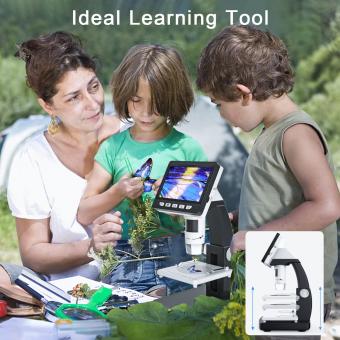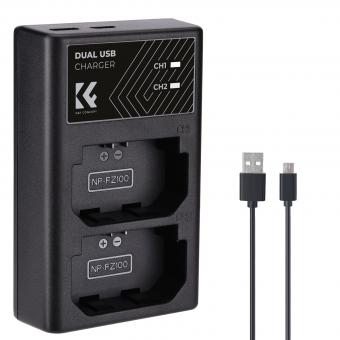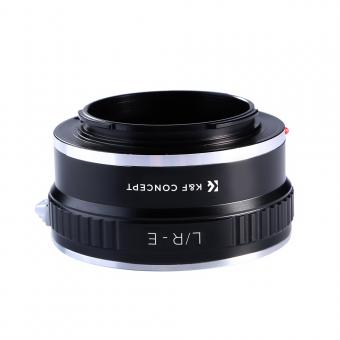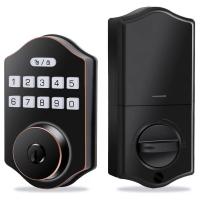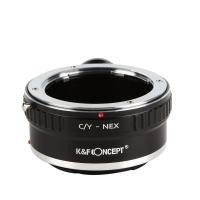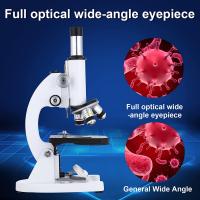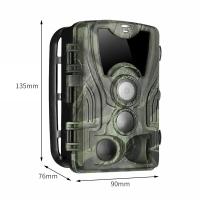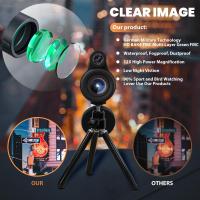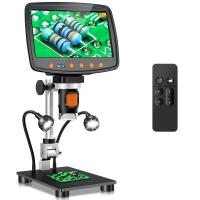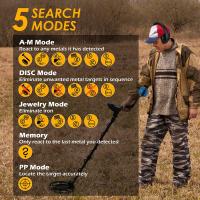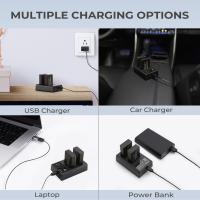Can You Transfer From Camcorder To Laptop ?
Yes, you can transfer videos from a camcorder to a laptop by connecting the camcorder to the laptop using a USB cable or by inserting the camcorder's memory card into the laptop's card reader. Once connected, you can access the camcorder's files on the laptop and copy or transfer the videos to the desired location on your laptop's storage.
1、 Connecting the camcorder to the laptop via USB cable.
Yes, you can transfer videos from a camcorder to a laptop. The most common method is by connecting the camcorder to the laptop via a USB cable. This allows you to transfer the videos directly from the camcorder's storage to the laptop's hard drive.
To begin the transfer process, you will need to connect one end of the USB cable to the camcorder and the other end to an available USB port on your laptop. Once the connection is established, your laptop should recognize the camcorder as an external device.
Depending on the operating system of your laptop, you may need to install specific drivers or software to facilitate the transfer. However, most modern laptops will automatically detect the camcorder and prompt you to choose an action, such as importing the videos.
Once the connection is established and the necessary software is installed, you can navigate to the camcorder's storage on your laptop. From there, you can select the videos you want to transfer and simply drag and drop them into a folder on your laptop's hard drive.
It's worth noting that some camcorders may have different connection options, such as HDMI or FireWire. However, USB is the most common and convenient method for transferring videos to a laptop.
In conclusion, connecting the camcorder to the laptop via a USB cable is a straightforward and efficient way to transfer videos. It allows you to easily access and store your videos on your laptop's hard drive for editing, sharing, or archiving purposes.
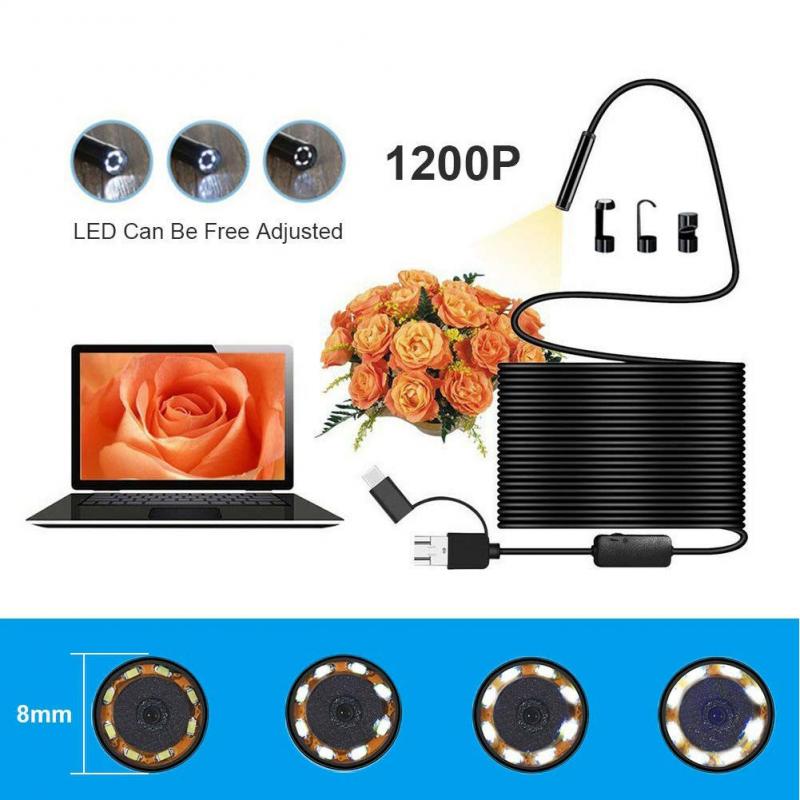
2、 Using video capture software to transfer footage from camcorder.
Yes, you can transfer footage from a camcorder to a laptop. One common method is by using video capture software. This software allows you to connect your camcorder to your laptop and transfer the footage directly.
To transfer footage using video capture software, you will need to connect your camcorder to your laptop using a USB cable or an HDMI cable, depending on the type of camcorder you have. Once connected, you can open the video capture software on your laptop and follow the instructions provided by the software.
The software will typically detect the connected camcorder and give you options to import or transfer the footage. You can select the desired footage and choose a location on your laptop where you want to save it. The software will then initiate the transfer process, copying the footage from the camcorder to your laptop.
It's worth noting that the specific steps may vary depending on the video capture software you are using and the type of camcorder you have. Some camcorders may also come with their own software for transferring footage. In any case, it is important to ensure that your laptop has enough storage space to accommodate the transferred footage.
Overall, using video capture software is a convenient and efficient way to transfer footage from a camcorder to a laptop. It allows you to easily access and edit your videos on your laptop, making it a popular choice for many videographers and content creators.
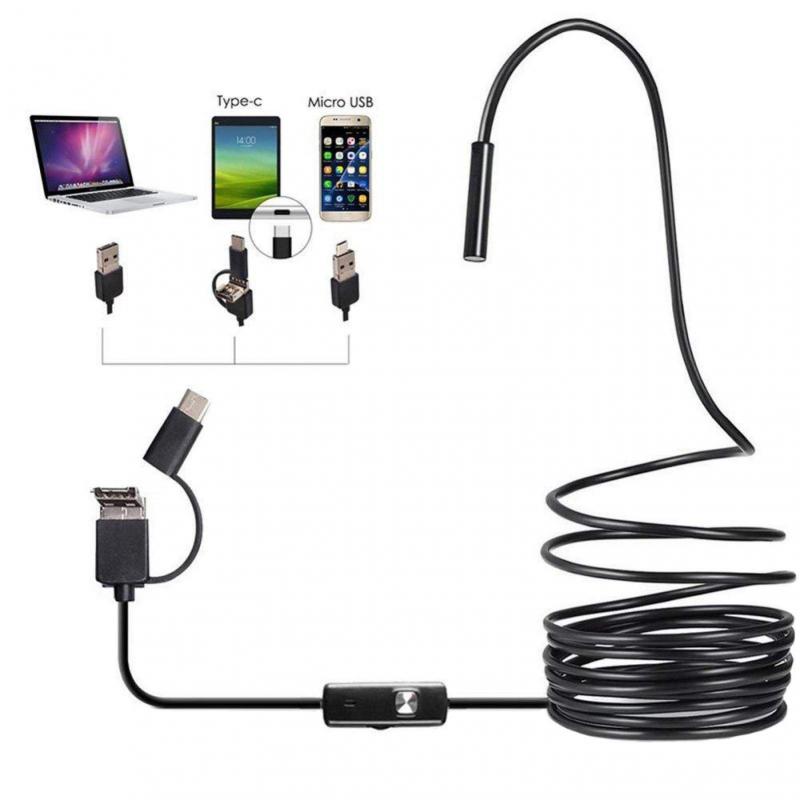
3、 Transferring files from camcorder to laptop using an SD card.
Yes, you can transfer files from a camcorder to a laptop. One common method is by using an SD card. Most modern camcorders have an SD card slot where you can insert a memory card to store your recorded videos and photos. To transfer the files to your laptop, you need to follow a few simple steps.
First, make sure your camcorder is turned off and remove the SD card from the camcorder. Then, locate the SD card slot on your laptop. Many laptops have built-in SD card readers, but if your laptop doesn't have one, you can use an external SD card reader that connects to your laptop via USB.
Insert the SD card into the appropriate slot on your laptop or the external card reader. Once the card is inserted, your laptop should recognize it as a removable storage device. Open the file explorer on your laptop and navigate to the SD card. You should see all the files and folders stored on the card.
To transfer the files, simply select the desired files or folders and copy them to a location on your laptop's hard drive. You can create a new folder on your desktop or in the documents folder to organize the transferred files.
It's worth noting that some camcorders also offer the option to connect directly to a laptop using a USB cable. This allows for a direct transfer of files without the need for an SD card. However, not all camcorders have this feature, so using an SD card is a more universal method.
In conclusion, transferring files from a camcorder to a laptop using an SD card is a straightforward process. It allows you to easily access and organize your recorded videos and photos on your laptop for further editing or sharing.

4、 Utilizing a FireWire cable to transfer videos to laptop.
Yes, you can transfer videos from a camcorder to a laptop by utilizing a FireWire cable. FireWire, also known as IEEE 1394, is a high-speed data transfer protocol commonly used for connecting devices such as camcorders, external hard drives, and audio interfaces to computers.
To transfer videos, you will need a FireWire cable that is compatible with both your camcorder and laptop. Most modern laptops have a FireWire port, but if your laptop doesn't have one, you can use a FireWire to USB adapter.
Once you have the necessary cable and connections, follow these steps to transfer videos:
1. Connect one end of the FireWire cable to the FireWire port on your camcorder and the other end to the FireWire port on your laptop (or the FireWire to USB adapter).
2. Turn on your camcorder and set it to "Playback" or "VCR" mode.
3. On your laptop, open your preferred video editing software or media player that supports video capture.
4. In the software, select the option to import or capture video from a device.
5. Follow the on-screen instructions to start the video transfer process. You may need to specify the destination folder on your laptop where the videos will be saved.
6. Once the transfer is complete, you can disconnect the FireWire cable from both devices.
It's worth noting that FireWire technology has become less common in recent years, with many newer laptops and camcorders opting for USB or HDMI connections. Therefore, it's important to check the ports and compatibility of your devices before attempting to transfer videos.
